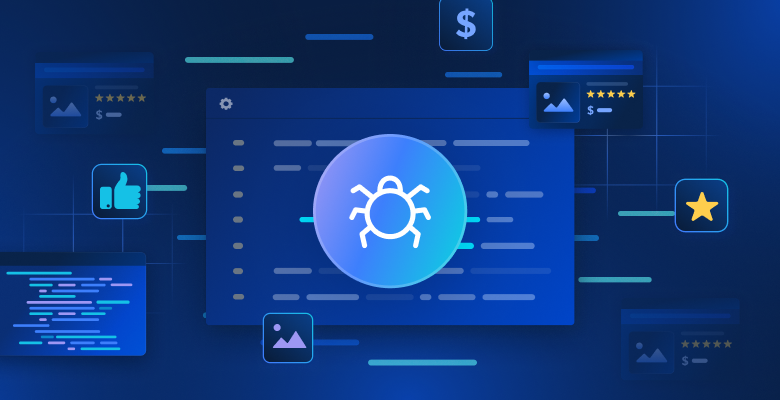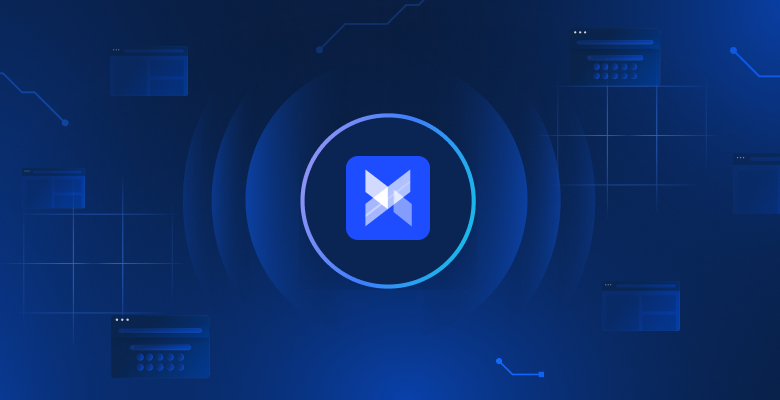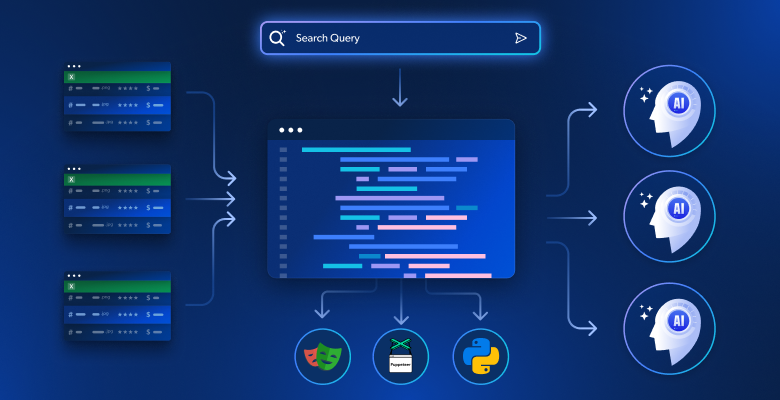In this article we will discuss:
- How Non-Fungible Tokens (NFTs) are being applied in the digital arts
- The explosion of the NFT market by numbers
- The role of data tech in the NFT space
How Non-Fungible Tokens (NFTs) are being applied in the digital arts
A Non-Fungible Token (NFT) is essentially a unique digital token that exists on a specific blockchain which helps register and verify ownership of any given digitized item. One of the more popular forms of NFTs is creating unique pieces of crypto art that are then sold to the highest bidder. One of the first pieces of ‘GIF art’ that was registered as an NFT was around ten years ago when the artist Chris Torres first sold ‘Nyan Cat’, for a mind-boggling $600,000 according to Money Under 30.
If you think that $600k is a bit much for a GIF, think again. This year the artist that goes by the nickname ‘Grimes’ sold $6,000,000 worth of NFT-based artwork, according to The Verge.
Experts believe that although artists maintain copyright and reproduction rights, many people are excited by the prospect of supporting artists as well as being able to brag online about their new purchase.
It is worth mentioning that NFT has the capability of registering a unique digital record on blockchain which can take multiple forms (not just art or GIFs, even though these are currently their most popular form). Going forward I would keep my eyes, and ears open for NFT-based :
- music
- manuscripts
- source code
- DNA genome editing sequences
What does ‘Fungible’ mean in any case?
Let’s back it up a second so we can fully grasp what the ‘F’ in NFT stands for. ‘Fungible’ means that something is able to be replaced or exchanged with like-minded goods or currency without it being of any tangible consequence. For example, if I have:
- 1 orange, and replace it with a different orange
- 1 US Dollar and replace it with another
- 1 Bitcoin and trade Bitcoin A for Bitcoin B
These are all of zero/very little consequence to the owner. The opposite is true of ‘Non-Fungible’ entities. This means that they are unique and cannot be replaced by another item so for example:
- A custom designed Gucci dress
- A Van-Gogh painting
- An NFT
Are all examples of items that are one-of a kind i.e. ‘Non-Fungible’
The explosion of the NFT market by numbers
The following 2 charts show data collected by Nonfungible.com, a major hub aimed at tracking decentralized financial (DeFi) transactions such as NFTs, cryptocurrency, as well as other DeFi blockchain-based asset classes. Though each graph is unique, the trends look strikingly similar. From August, 2017 until December, 2021 the number of:
- Unique wallets which bought or sold an asset (indicating very healthy market volumes)

- First or “primary-market” sales made during the period of time selected (indicating strong supply, and demand)

Skyrocketed.
The role of data tech in the NFT space
Let’s look at four real companies who will remain anonymous out of respect for their preference to remain low-profile. All of the following business entities utilize Bright Data’s data collection tech to power their NFT-centric business models:
Company #1: Enabling the free flow of NFTs
Though the vast majority of NFTs are Ethereum-based, there is still a wide variety of blockchains on which different NFTs are recorded, making it exceedingly hard for those who trade in them to operate across the board. By crawling major crypto websites for industry trends and digital currency rates, they are able to create a blockchain-agnostic NFT ecosystem.
Company #2: NFT reviews, rankings, and trends
This company has developed an NFT platform where they review top NFT projects, trends, artists, as well as providing consumer-generated rankings. They utilize Web Unlocking data technology in order to collect publicly available information (e.g. likes, tweets, followers etc…) regarding new NFT projects from various industry websites, social media platforms, and marketplaces such as Discord, OpenSea, Binance, and others.
Company #3: NFT creator verification
This website is a launchpad, and marketplace for NFT collections, where artists, athletes, and celebrities can create their NFT collections using web-native tools enabling users to sell them to fans, and followers on their marketplace. They use data collection tools in order to avoid potential impersonations – collecting information that helps them identify Intellectual Property infringements. Additionally, they verify NFT creator identities by requiring them to connect one of their social accounts like YouTube etc.
Company #4: ‘Web3’ infrastructure tool for quicker go-to-market
This ‘Web3’ Development Platform specializes in the NFT, and blockchain-based ecosystems. Customers utilize their software, and proprietary APIs in order to build, and scale their ‘dApps’ without the cost, and complexity of accomplishing this in-house. This tools quick, robust, and easily scalable ’Web3’ infrastructure makes it possible for NFT creators to go to market in days instead of months. They utilize Bright Data’s Data’s Serverless Functions in order to collect NFT APIs necessary for their solution’s unique capabilities.
The bottom line
The NFT trend seems to be here to stay along with other blockchain-based DeFi marketplaces. Companies that offer solutions to traders and creators of cryptocurrencies, and Non-Fungible Tokens can greatly benefit from data collection technology that gives them access to industry/audience trends as well as enabling better NFT-creator, API, and marketplace information.






